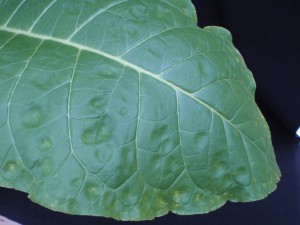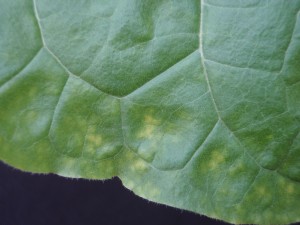From the Field-Agronomy Notes
go.ncsu.edu/readext?422081
en Español / em Português
El inglés es el idioma de control de esta página. En la medida en que haya algún conflicto entre la traducción al inglés y la traducción, el inglés prevalece.
Al hacer clic en el enlace de traducción se activa un servicio de traducción gratuito para convertir la página al español. Al igual que con cualquier traducción por Internet, la conversión no es sensible al contexto y puede que no traduzca el texto en su significado original. NC State Extension no garantiza la exactitud del texto traducido. Por favor, tenga en cuenta que algunas aplicaciones y/o servicios pueden no funcionar como se espera cuando se traducen.
Português
Inglês é o idioma de controle desta página. Na medida que haja algum conflito entre o texto original em Inglês e a tradução, o Inglês prevalece.
Ao clicar no link de tradução, um serviço gratuito de tradução será ativado para converter a página para o Português. Como em qualquer tradução pela internet, a conversão não é sensivel ao contexto e pode não ocorrer a tradução para o significado orginal. O serviço de Extensão da Carolina do Norte (NC State Extension) não garante a exatidão do texto traduzido. Por favor, observe que algumas funções ou serviços podem não funcionar como esperado após a tradução.
English
English is the controlling language of this page. To the extent there is any conflict between the English text and the translation, English controls.
Clicking on the translation link activates a free translation service to convert the page to Spanish. As with any Internet translation, the conversion is not context-sensitive and may not translate the text to its original meaning. NC State Extension does not guarantee the accuracy of the translated text. Please note that some applications and/or services may not function as expected when translated.
Collapse ▲Tobacco Research Update: Boron Toxicity of Tobacco
In this tobacco research update, we highlight the symptoms of boron toxicity. These images are part of a project supported by the North Carolina Tobacco Foundation to develop a web-based diagnostic key for the identification of nutrient disorders of tobacco.
Boron (B) is an essential element that frequently exhibits deficiency symptoms if it is in limited supply. Growers often apply additional B to avoid deficiencies, but if too much B is applied, there is the risk of B toxicity symptoms developing.
Boron toxicities initially appear on the lower, older leaves. (This is in contrast to the symptomology occurring on the youngest leaves if B is limited.) Early symptoms of boron toxicity will appear as wrinkling of the lower leaves (Fig. 1) and interveinal chlorosis along the leaf margin (Fig. 2). The wrinkling is most likely caused by the lack of cell expansion when toxic levels of B are present. This wrinkling will develop across the leaf’s surface resulting in leaf deformation. Over time the interveinal chlorosis will move inward and develop over most of the leaf. Cells will rapidly die when excess B is supplied, resulting in necrotic spotting.

Figure 1. Initial B toxicity, note the crater like appearance of the leaf’s surface, and the marginal wrinkling.
©2016 Forensic Floriculture

Figure 2. Intermediate B toxicity will manifest as interveinal chlorosis along the leaf margin. Also note the yellowing of the depressed areas of the leaf.
©2016 Forensic Floriculture
With advanced symptomology, chlorosis and necrosis will progress up the plant to other leaves. Luckily, tobacco is relatively tolerant of excessive B applications, so the onset of toxicity symptomology is not common when application rates are less than one pound per acre.
We would like to express our appreciation to the North Carolina Tobacco Foundation for supporting this project. We will be providing updates as symptoms progress over the course of the nutrient disorder induction phase of the experiment.
Key Contact: Dr. Matthew Vann, Department of Crop and Soil Science, mcvann@ncsu.edu
Contributing Authors: Paul Cockson, Josh Henry, Matthew Vann, and Brian Whipker
Funding Source: North Carolina Tobacco Foundation
Project Team: Josh Henry (NC State M.S. student in Horticultural Science), Paul Cockson (NC State B.S. student in Agroecology), Ingram McCall (Research Technician in Horticultural Science), Rhonda Conlon (Extension IT at NC State), Matthew Vann (Tobacco Extension Specialist, Dept. of Crop and Soil Science), and Brian Whipker (Professor of Floriculture and Plant Nutrition in Horticultural Science).


